When you are looking to get started with gardening, there are a lot of different techniques and methods that you can try out. Some promise to be the number one way to help you start your garden and see amazing results. Some of them are successful and others are more work than they are really worth.
As you do some of your research, you may start to hear about soil blocking and be curious about how this method will work. Let’s take a look at what soil blocking is all about, along with some of the benefits and negatives of this method, so you can decide if it is the right one for you.
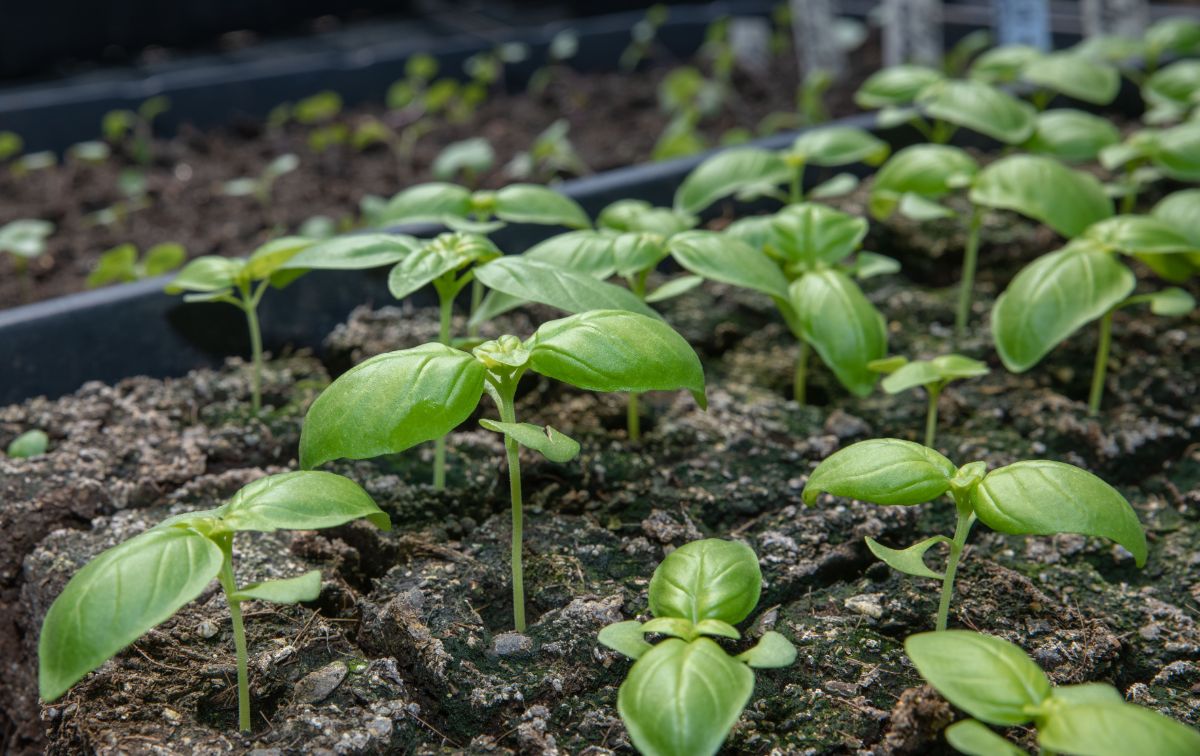
What is Soil Blocking?
There are a lot of different techniques that you can use when it comes to gardening and getting the best results out of your harvest. Soil blocking is simply an indoor seed starting method. In this one, the soil block maker will compress a mixture of water and soil to turn them into a cube. The soil block mater will then indent a small divot into the top of the block. You will then drop the seed inside.
After the seed goes into the block of water and soil, you must keep the seed uncovered. From there, the seed is able to sprout in place. They’ll have all of the nutrition that is necessary to grow strong but in a smaller area that will not overwhelm the seed as much as other methods can do.
Most gardeners will choose to purchase all of the materials for soil blocks from the store, though there are a few different options that allow you to make your own. The initial investment can cost a little bit of money and it may be expensive for someone who just got started with gardening. However, if you plan to do soil blocking for a long time, then it is worth the price and can save a lot of hassle and time.
The seedlings will only spend a little bit of time in the soil block. The goal is to get the seeds started healthy, unlike what they can do in a regular container. When that happens, it is time to transplant the plant, no matter what kind it is, into the garden so it can grow tall and strong.
When starting this, you'll also want to consider the best plants to start as indoor seedlings and these tips for how to prevent leggy seedlings and all about hardening seedlings. Of course, there are also tons of general garden hacks on this list that can also be useful as you plan.
What is the Purpose of Blocking Seeds?
While there are a lot of benefits that come with soil blocking, and we will talk about them in a moment, the main purpose of blocking your seedlings before you transplant them is to prevent the roots from encircling the container while they grow. With this method, the roots are paused right at the edges of the blocks until they are transplanted into a larger soil medium.
When you later decide to transplant the seeds into the garden outside, or even into another container if you plan to leave them inside, the soil block is effectively reducing the amount of trauma that occurs in the roots. The transplant time is also reduced here. This results in a healthier seedling and a better plant when all of the work is done.
What Tools Do I Need?
If you want to get started with soil blocking, there will be a number of tools that you need to make this process easier. Some of the best tools to purchase to use soil blocking for your gardening needs include:
Soil block maker:
This is one of the primary tools that you need. It will compress the soil blend into a tight enough formation so you have a structured cube to use while the seedlings grow. You will not be able to make the soil blocks without it. I like the kits on Bootstrap Farmer that come with everything you need to start soil blocking.
Soil block mix:
You can purchase some soil mixes that will have all the necessary materials. Then you just need to compress it into a block using the tool above. However, you can also choose to make some of your own soil as well. There are a number of different recipes that you can use and some of them are more specified based on the types of plants you want to work with.
Trays:
You will need a few trays that are a little bit shallow. This is not because you are growing the plants necessarily with the trays. But you do need somewhere to put the soil blocks when you have a seedling in them. The trays make it easy to have all the seedlings in their block in one place and can make it easier to move the seedlings around based on where you need to keep them in your home.
Once you have all of the necessary components in place, it is time to add in the seed and let it start growing. The block is not going to be very big to get started. This is perfect though because it will allow the seed enough room to grow well without it becoming overwhelmed with all of the space around it.
You just want to lay it inside the block a little bit, without fully covering up the seedling, so it has time to grow. You can later move it over to your garden and let it grow there when ready.
Benefits of Soil Blocks
There are a number of benefits that you will enjoy when you choose to work with a soil block rather than adding the seed directly to a pot or container. Some of the different benefits of soil blocks include:
Healthier Roots
When you can put the plant into a contained environment, the roots will start to encircle the growing container as they look for water and all the nutrients that they need. When they then become root-bound due to this, they will struggle to get used to the soil of the garden when you transplant them.
When you choose to change this up and use a soil block, the roots will be able to retain their vigor without any of the stunting that naturally occurs when you use a confined container. This results in healthier roots for the plant.
If you are looking to get healthier plants that will grow strong and give you a good harvest, then forming healthy roots is an important part of this process. You need to consider all the steps that you can use to make the roots healthier, and soil blocks can be one of the best. When it is done well, the roots will be stronger and can gather more nutrients, compared to roots of plants that are placed into containers.
Reduces Risk of Transplant Shock
Your seedlings will be able to quickly acclimate to the soil of the garden once you transplant them. Compared to transplanting them from a container, those that are grown in a soil block will grow faster and healthier.
Seedlings that have been grown in a traditional container will often be stunted, at least for a little bit after the transplant. They need time to heal from the wounding you do to the roots and all the work with the transplant. It may take some time for them to heal and resume their growth.
When you use a soil block, you are able to avoid the wounding of the roots when you transplant them into the garden. The seedlings will enter the ground and be ready to adjust to the new space that you are giving them.
Gardeners need to be careful about transplant shock. This can kill off a whole crop if the gardener is not careful with the work that they do while moving the plant from one location into the garden. Due to the way that the soil blocking is set up, it is possible to avoid some of this transplant shock to keep the roots as healthy as possible.
Ability to Start More Seeds Indoors
Because the soil block is able to reduce the issues that come with transplant shock, seeds that normally do not like to be transplanted, and may not survive it often, can be started inside easier. As long as these plants are started at the right time, they have the potential to get outside and into the garden for an earlier harvest as well.
There are a lot of seeds that will struggle with container gardening or do not like the regular transplant process that ends up doing well when you consider soil gardening.
In fact, soil blocks will be useful for a lot of plants that normally struggle to do transplants at all. Some like squash, cucumbers, melons, and zucchini can be started inside and do really well when it is time to transplant them. Root crops can do this well too. Carrots and beets are often best when you sow them right into the garden. But with soil blocking, you can start them early and get great results.
Easy to Transplant Into the Garden
This is one of the best benefits of using soil blocks to start your garden. When it is time to transplant those little seedlings, you can get it done in a fraction of the time compared to doing it in a container. You no longer need to pry the seedling out of the container or worry about getting an injury to the roots. You do not need to spend hours transplanting lots of seedlings because you just need to take the soil block and add it to the dirt before being done!
If you would like to get your garden started early to get the best crop, but you do not want to have unhealthy roots or spend hours in the garden, on your hands and knees, getting the plants out of their containers, then soil blocking is one of the best methods that you can choose. It is simple and only takes a few minutes to transplant the plant out of the soil block over to the garden.
Note: Before you transplant, check to see if you should be amending the soil in your garden first. It can make a huge difference in how easy it is to grow your harvest with the best results.
The Drawbacks of Using Soil Blocks

While there are a ton of great benefits of using these soil blocks to help you see results in the garden, there are some drawbacks as well. Some of these include:
The initial cost:
Purchasing these soil blockers is expensive upfront. If you plan to do this for the long-term, you will save money on the number of containers you need to use. But it will cost a little bit of money just to get started.
Mold:
Some gardeners found that using these soil blocks made it more difficult to fight off against mold, at least more than what you would need to do with traditional planting. Because there is a good amount of peat moss in these blocks, you need to be careful about them drying out. This not only stresses the plant, but it is harder to rehydrate the blocks compared to using a traditional container.
It will not work for all plants:
There are a number of plants that do great in a soil block. But not all of them will like this. You may need to do a few plants in a regular container garden rather than trusting the soil block all the time.
Choosing to Do Soil Blocks for Your Garden
There are a number of benefits and some drawbacks of using these soil blocks in your garden. They can make transplanting easier and allow you to start your garden inside earlier than ever before.
And for some plants, they are one of the best options to get that garden started nice and strong.
However, these soil blocks are not going to work for everyone. For some types of plants, the soil block may not work at all. Some gardeners do not like that the cost is so high to try it out or that they need to worry about harmful molds that can make the plants struggle in the first place. It is important to carefully weigh the different options to decide which one is the right one for your needs.

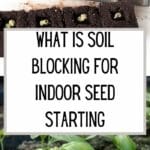
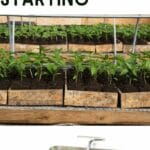
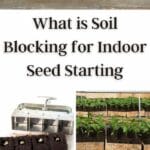
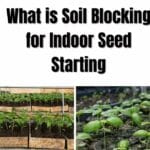
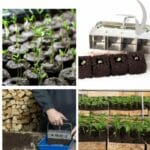
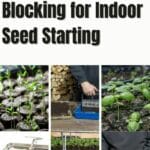
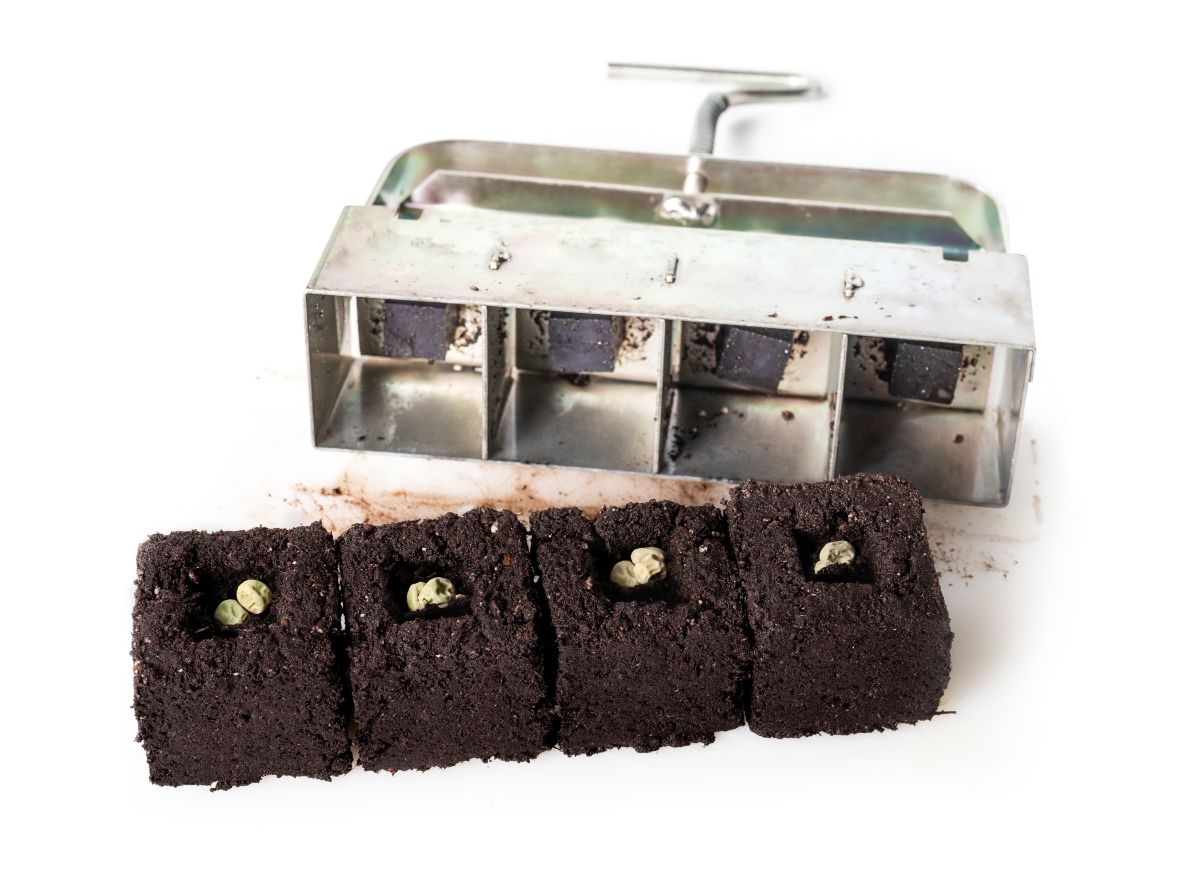
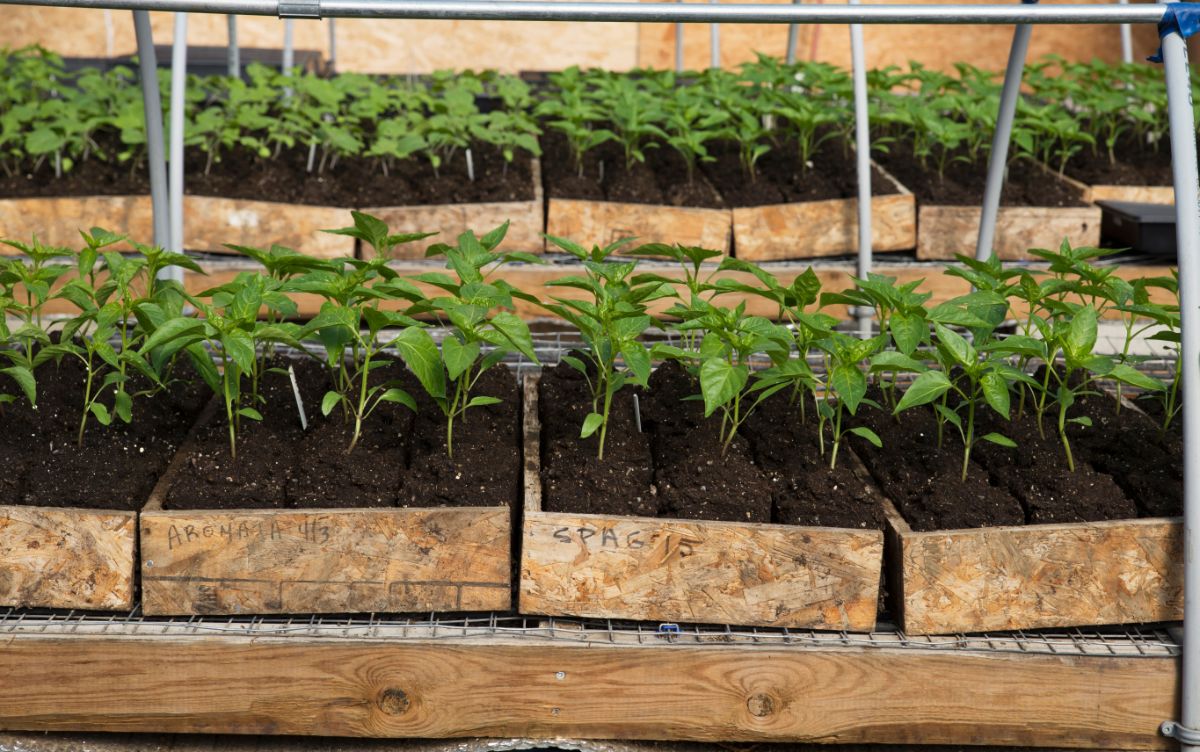
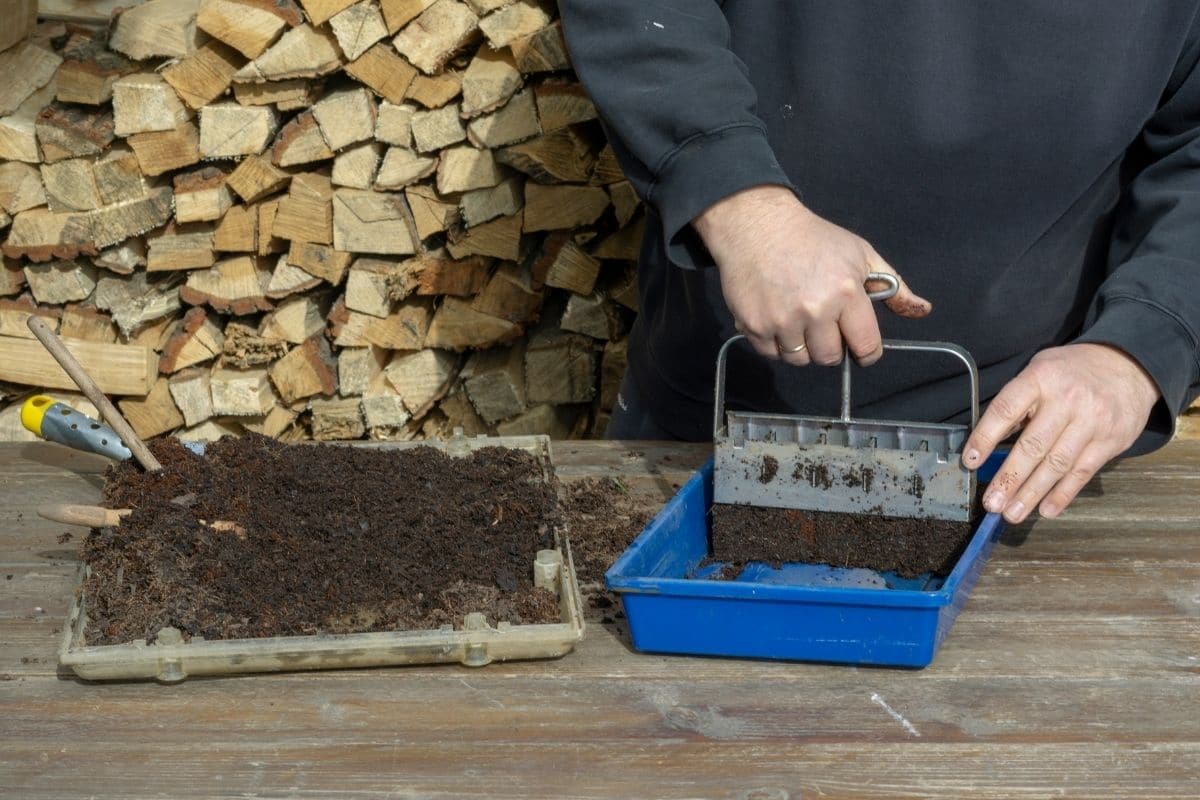
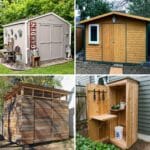
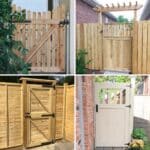
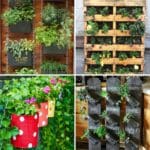

Leave a Reply